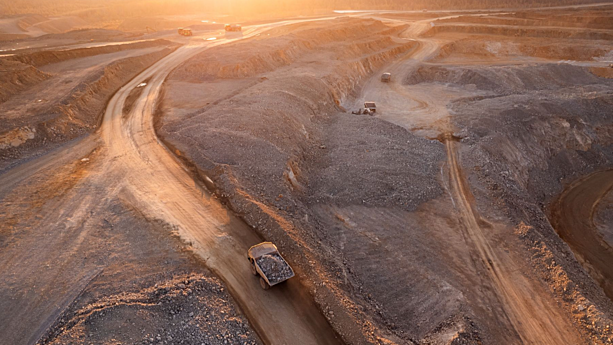On September 8, 2025, a catastrophic mudflow at Freeport-McMoRan’s Grasberg mine in Indonesia, the world’s second-largest copper producer, claimed two lives and left five workers missing. The incident prompted the company to declare force majeure, halting operations and triggering a surge in copper prices to a 15-month high. The disaster underscores the fragility of the global copper supply chain and its implications for the Australian market.
Grasberg’s Block Cave section, a critical component of the mine, was overwhelmed by an 800,000-ton mud rush, leading to the suspension of mining activities. This disruption is expected to result in a loss of approximately 600,000 tons of copper by the end of 2026, exacerbating existing supply shortages. Analysts have revised global copper supply forecasts downward, with Goldman Sachs downgrading its 2025 and 2026 projections by a total of 360,000 tons .
The immediate market reaction was swift, with copper prices surging nearly 5% to over $10,350 per ton on the London Metal Exchange. This spike reflects both fundamental supply concerns and speculative trading dynamics, as investors anticipate prolonged shortages. The disruption at Grasberg compounds existing challenges in the copper market, including earlier flooding incidents in the Democratic Republic of Congo and a tunnel collapse in Chile .
For Australian investors, the Grasberg disaster presents both risks and opportunities. Companies like BHP and Rio Tinto, which have significant copper operations, may benefit from higher prices and increased demand. However, the situation also highlights the risks associated with global supply chains and the potential for volatility in commodity markets. Investors should consider diversifying their portfolios and closely monitoring developments in the copper sector.
The Grasberg incident serves as a stark reminder of the vulnerabilities inherent in global supply chains. As demand for copper continues to rise, driven by the transition to renewable energy and electric vehicles, the resilience of supply sources becomes increasingly critical. The Australian market, with its substantial mining sector, will play a pivotal role in addressing these challenges and capitalizing on emerging opportunities.


